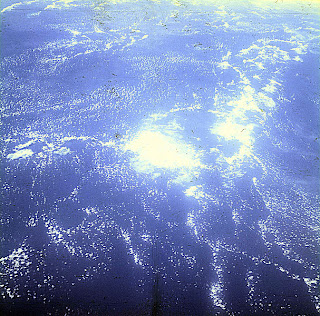Not the Houston Space Center, not the Kennedy Space Center... sorry, don't panic completely! Here I'm referring to the Christa McAuliffe Space Education Center, formerly of the Alpine School District in Utah. An education center teaching space exploration and astronomy for more than 22 years. The following paragraphs are from an entry I made on my Facebook page this morning. There will be more information to come:
"The Space Center has been closed. For my followers who are
supporters of the Space Center, this is not news, but for my family and
friends, this seems odd. This post is really for them, as I don’t post often
and they need an update. Most of them know I’ve been volunteering and working
part time for the Christa McaAuliffe Space Education Center (CMSEC of just the
Space Center) for about 22 years now. At the beginning of August The Center was
closed by the District Maintenance office for an evaluation and upgrade of the
electronics in the simulators, so that they could meet the vast myriad of
federal and state government regulations. This occurred at the same time that
the department made a sweeping inspection of schools and classrooms through the
district, looking for violations of code.
"At the Space Center we were informed that the center was
determined now to be unsafe to students (even though we had previously been
passed by Fire Marshall inspectors), telling us that there are vast electrical
problems and design problems with the Center (these folks had been in the
center several times before, why were the designs a problem now?). The district
leadership told us that we would not be opened until the problems were fixed,
and that outside companies would then bid on the repairs.
"That never happened. Instead, a week ago the District
declared the center was permanently closed (no companies had inspected or bid
on the repairs). They told us they
would plan for a science and math exploration center to be built in some
undetermined future and the space center would be there. Then word got out that
the simulators (the heart of what we do in the center) would not be included in
that redesign. The center evidently no longer supported the district’s
curriculum emphasis on science and math.
"The staff and supporters are, of course, outraged. We all
know how we have touched the lives of students throughout the Alpine School
District, the state of Utah, and across the country. Volunteers have now gotten
together and formed a “Save the Space Center” committee. We are receiving
support from the local school community and friends from across the country.
Bad timing for the District: they did this right before election time, and many
of the Board are up for elections! The District is getting swamped by angry and
confused supporters, and the local community is joining with us as we seek to
establish a wide network of friends and supporters online. On Saturday our
first Save the Space Center Honk and Wave took place in Pleasant Grove.
"How can you help? Visit our Facebook page, “Save the Space
Center” at http://www.facebook.com/SaveTheSpaceCenter
and receive updates and news on how the network of supporters will put the heat
on the district and ensure the survival of the Center and our innovative
teaching methods. You can also visit the “Troubador”, the blog of former center
director Victor Williamson who keeps the memories of the space center alive and
well: http://voyagerslog.blogspot.com/
"We are planning events and keeping everyone informed through
the facebook page and getting more and more organized each passing day. We
appreciate all the help that has been offered by our loyal fans! Keep tuned for
more details…"































